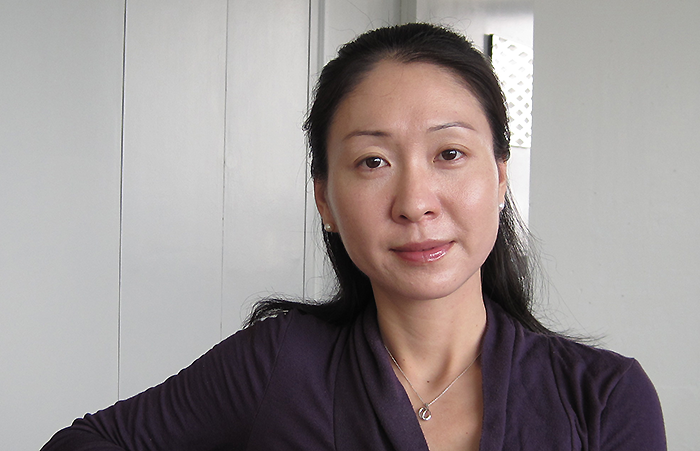
15
May

The research of Jiaoyang Jiang, assistant professor in the Pharmaceutical Sciences Division, was published in the April edition of Nature Structure & Molecular Biology, with a follow-up comment in the May issue. Jiang’s lab was the first and most extensive research published, with two other research groups following in similar areas.
Humans have thousands of proteins modified by a single sugar modification—O-GlcNAc. Aberrant O-GlcNAc modifications have been detected in many diseases such as cancer, diabetes, and Alzheimer’s disease. O-GlcNAcase (OGA) is the only enzyme in humans that can remove this modification and has been considered as an important therapeutic target. Jiang’s lab recently solved the first crystal structures of human OGA and provided an unprecedented view on how this enzyme recognizes O-GlcNAc sugar and a sugar modified peptide substrate. This foundational research is critical for future, specific targeted therapies. For example, the knowledge obtained from this study will guide design of better compounds to block OGA’s activity on specific substrates and to relieve the symptoms of Alzheimer’s disease. In fact, Merck has recently completed a Phase 1 Clinical Trial on a compound that blocks the activity of OGA for the treatment of Alzheimer’s disease.
Jiang’s research interests include the study the mechanism and function of protein post-translational modifications using a variety of interdisciplinary approaches, such as chemical biology, enzymology, biochemistry, mass spectrometry, X-ray crystallography, cell biology, and genetics.




